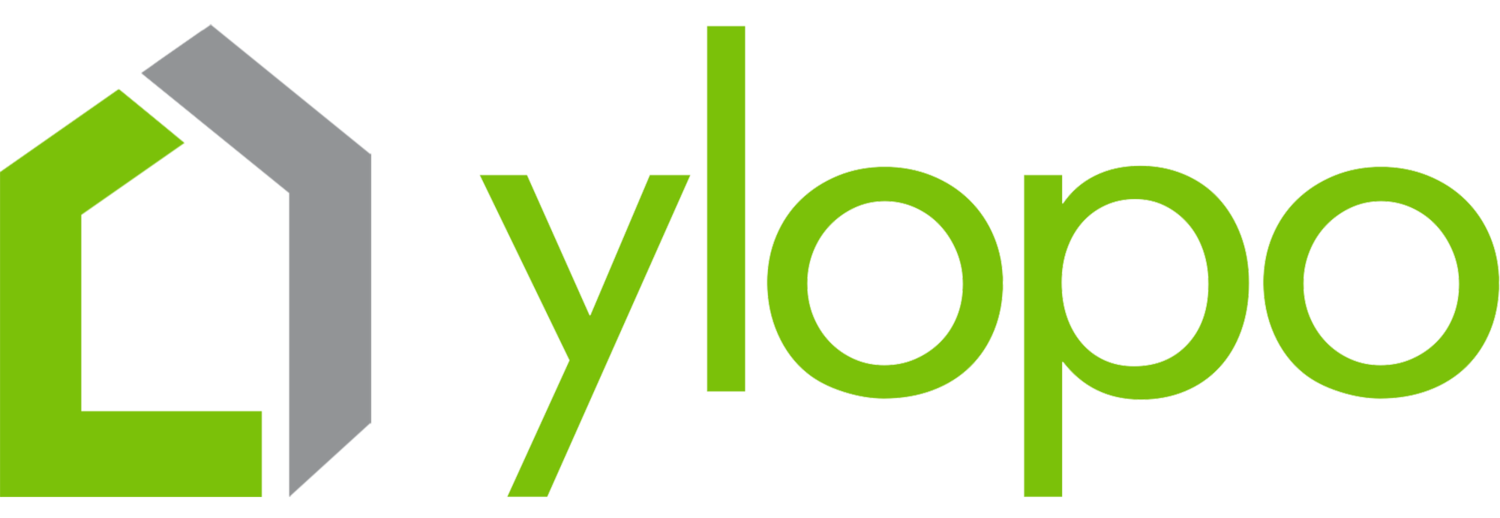Escape the Shadow CRM:
Stop Running Your Sales Team in Tools That Don’t Talk to Salesforce.
Restore trust in your data and your team with a Salesforce-native platform that eliminates sync issues and data silos.
Replace disconnected tools like Gong, Outreach, and Salesloft with one platform that unifies every workflow inside Salesforce.
Trusted By Leading Revenue Teams Worldwide
When Salesforce isn’t trusted, reps stop using it
Reps turn to spreadsheets, inboxes, and notepads when Salesforce feels slow, unreliable, or out of sync. These Shadow CRMs create hidden silos that break reporting, make coaching guesswork, and drain RevOps with endless cleanup.
What Is A Shadow CRM?
A Shadow CRM is the invisible tech stack your team actually uses to manage revenue outside of Salesforce. Think unsynced call logs, untracked emails, or notes buried in third-party tools. These systems form when your CRM isn’t real-time, native, or trusted.
No sync failures
Everything lives inside Salesforce, so there’s nothing to break or delay.
Contextual AI
Incorporates all Salesforce activity data into AI responses and outputs for a unified revenue motion.
No data loss
Activity is captured automatically and in real time, no more missed calls, emails, or updates.
What Our Customers Say
Replace Your Sync-Heavy Stack
One Salesforce-native platform beats stitched tools that sync later.
One Salesforce-native platform to power
your entire revenue team.
Consolidate your tools and accelerate results with the complete revenue intelligence platform built for Salesforce.







It’s time to get full visibility into pipeline activity and help your team win with clean, complete, real-time data.
The impact of eliminating Shadow CRMs
Real results from real customers



